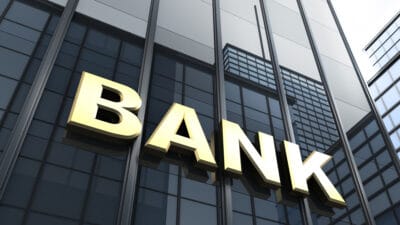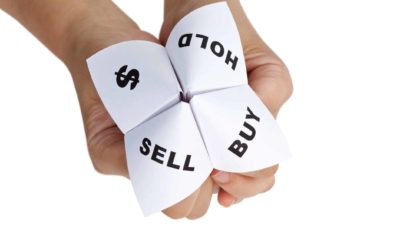Unlike most ASX 200 shares, Australia and New Zealand Banking Group Ltd (ASX: ANZ) will not be contributing to this month's earnings season. Due to some calendar quirks, ANZ is waiting until 20 October to deliver its FY2021 full-year numbers.
However, last month, we did get a surprise development from this ASX bank. ANZ announced that it would be embarking on a $1.5 billion on-market share buyback program. In the weeks since this announcement, you might have caught a few ASX notices announcing the various parcels of shares ANZ has now purchased. The latest of these came just yesterday morning, and announced ANZ had bought 485,652 (or $13.77 million worth of) its own shares the previous day.
So what does this buyback program mean for you, assuming you are an ANZ investor?
How will ANZ share buyback program work?
Well, unlike some other recently announced ASX 200 buyback programs, ANZ's is an 'on-market' one. This means that the bank will be buying shares off the market, just as you or I might do on any given day.
This stands in stark contrast to recent buyback programs announced by both Woolworths Group Ltd (ASX: WOW) and ANZ's banking peer Commonwealth Bank of Australia (ASX: CBA). These two companies have initiated an 'off-market' buyback.
This means that existing shareholders can opt to sell their shares back to the company in exchange for some lucrative tax benefits. We looked at Woolworths' new buyback program, and what it means for investors, just today.
This situation does not apply to ANZ's program though.
Shareholders will not be able to sell their shares back to the bank directly. And if they do want to sell, it will have to be through the regular channel, meaning no special tax concessions for existing investors.
So how will this benefit shareholders then?
How buybacks benefit shareholders
Well, a share buyback program, even an on-market one, still benefits all existing shareholders. That's because when ANZ buys back its own shares, it effectively destroys them, reducing the total number of all shares outstanding. In other words, it redivides its pizza (ANZ) into slightly larger slices (ANZ shares).
Thus, if you already own ANZ shares, your ownership of the total company will increase. This has two concurrent effects.
Firstly, it will probably result in higher ANZ share prices over time due to the simple laws of supply and demand (less supply equates to higher prices).
Secondly, it means that, if all else is equal, earnings per share (EPS) and dividends per share will also increase, seeing as there are fewer shares to divide the earnings and dividends between.
In this way, share buybacks are often compared to dividends as a way to return capital to shareholders, albeit without the cash and tax implications of a dividend.
So ANZ shareholders should benefit materially from this buyback program, assuming ANZ is paying a fair price to buy back its own shares. Something for all ANZ investors to consider today!
At the time of writing, ANZ is trading at a share price of $28.42 a share. That gives this ASX bank a market capitalisation of $80.91 billion, a price-to-earnings (P/E) ratio of 17.22 and a dividend yield of 3.69%.








